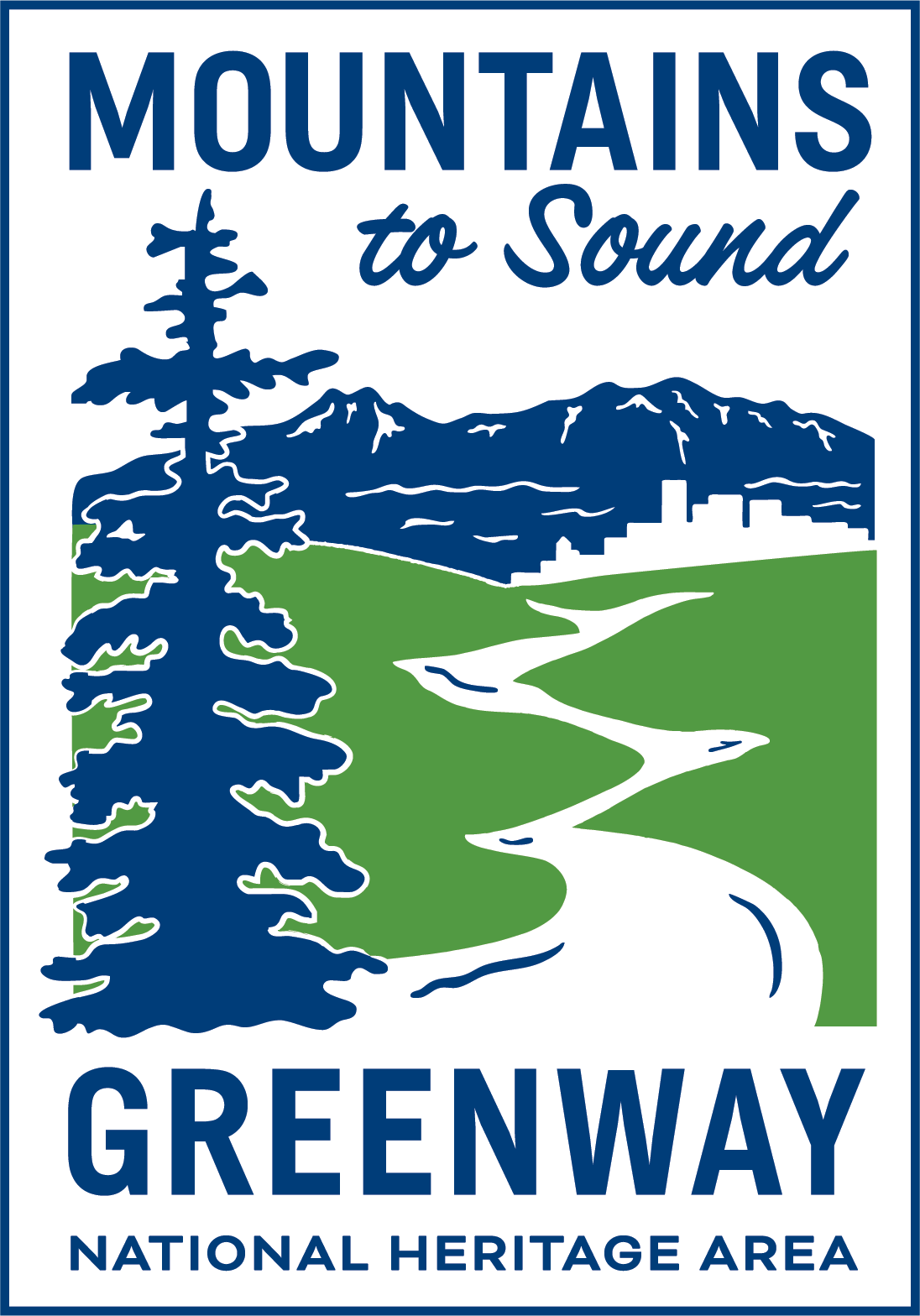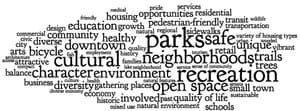Cities, Vision Statements, and Alice In Wonderland
A nugget of wisdom from Alice in Wonderland:
“Would you tell me, please, which way I ought to go from here?”
“That depends a good deal on where you want to get to,” said the Cat.
“I don’t much care where–” said Alice.
“Then it doesn’t matter which way you go,” said the Cat.
Luckily for people in the Greenway, cities know which way they want to go. Cities often have vision statements that explain how they want to see their city change, or not change, in the coming years. These statements are non-binding, and their importance as a guide can vary. Nevertheless, a vision statement can say a great deal about what a city, and its people, aspires to.*
Of the 28 cities within the Greenway, 24 had vision statements that I was able to find. Most of the statements were located within an introductory or community character area of their comprehensive plans. Some were brief, others were detailed. I have attempted to distill down what I found by selecting key words and grouping similar words together.**
The top 15 most common key words and phrases across all 24 cities’ vision statements are (drum roll please):
- Parks
- Recreation
- Diversity
- Safe
- Cultural
- Open space
- Character
- Downtown
- Trails
- Environment
- Unique
- Bicycle
- Services
- Historic
- Trees
Please take a minute to look over the visual representation of the top 75 words by clicking on the image at the upper right of this article (larger words are more common in the statements).
The top 75 words can tell us a lot how these 24 cities share a similar vision for the future. Grouping these top 50 most common words and phrases it is possible to see some common themes. The three themes I have identified are “sense of place,” “sustainable growth,” and “quality of life.” Some words are related to maintaining or enhancing the character of the community and a unique sense of place. Many of the words also speak to the need and desire to have a thriving sustainable economy where people have a variety of employment opportunities. The remaining words are related to a desired quality of life.
- Sense of place: unique, gathering places, diverse, attractive, character, vibrant, small town, historic, small, residential, sense of community, downtown, neighbors, pride, and civic.
- Sustainable growth: business, balance, growth, open space, housing, retail, economy, environment, sustainable, economy, opportunities, and employment.
- Quality of life: arts, healthy, safe, bicycle, pedestrian-friendly, variety of housing types, transit, recreation, parks, trails, natural environment, sidewalks, services, regional, families, involved, residential, housing, and trees.
Cities in the Greenway are striving to make the lives of their residents better. Sometimes, in the midst of heated local debates, it is easy to lose sight of what we all want our communities to be like in the future. We want our communities to be real places that both highlight the best of the past, and look forward to a bright future. We want our neighbors and kids to be able to find good work in a thriving economy. Lastly, we want a quality of life for our kids that is better than we had. The Greenway Trust and our partners are working hard to make this region a better place for everyone. It will not be easy, but unlike Alice we know which way we want to go from here.
Gordon Padelford is a Greenway native and recent graduate of Colby College. He works at the Mountains to Sound Greenway Trust through the Department of Ecology’s Washington Conservation Corps (an AmeriCorps program).
*Some notes and qualifiers:
It is difficult to tell how representative these statements are of the hopes and priorities of the residents. Some statements, such as the 2003 Duvall visioning process, seem to be built off of robust public involvement and questioners, while others might be written by a few city staff members and a consultant team.
**Process of selecting key words:
For instance, from this sentence in Shoreline’s vision statement located in its comprehensive plan:
“People are first drawn here by the city’s beautiful natural setting and abundant trees; affordable, diverse and attractive housing; award-winning schools; safe, walkable neighborhoods; plentiful parks and recreation opportunities; the value placed on arts, culture, and history; convenient shopping, as well as proximity to Seattle and all that the Puget Sound region has to offer.”
I selected these key words (or phrases indicated by a ~)
Beautiful, natural~setting, trees, affordable, diverse, housing, schools, safe, walkable, parks, recreation, arts, culture, history, shopping, and proximity.
I then attempted to group key words or phrases together such as secure, safety, and safe gave them an averaged word – safe in this case. This helps different words with similar meaning to be adequately represented.





